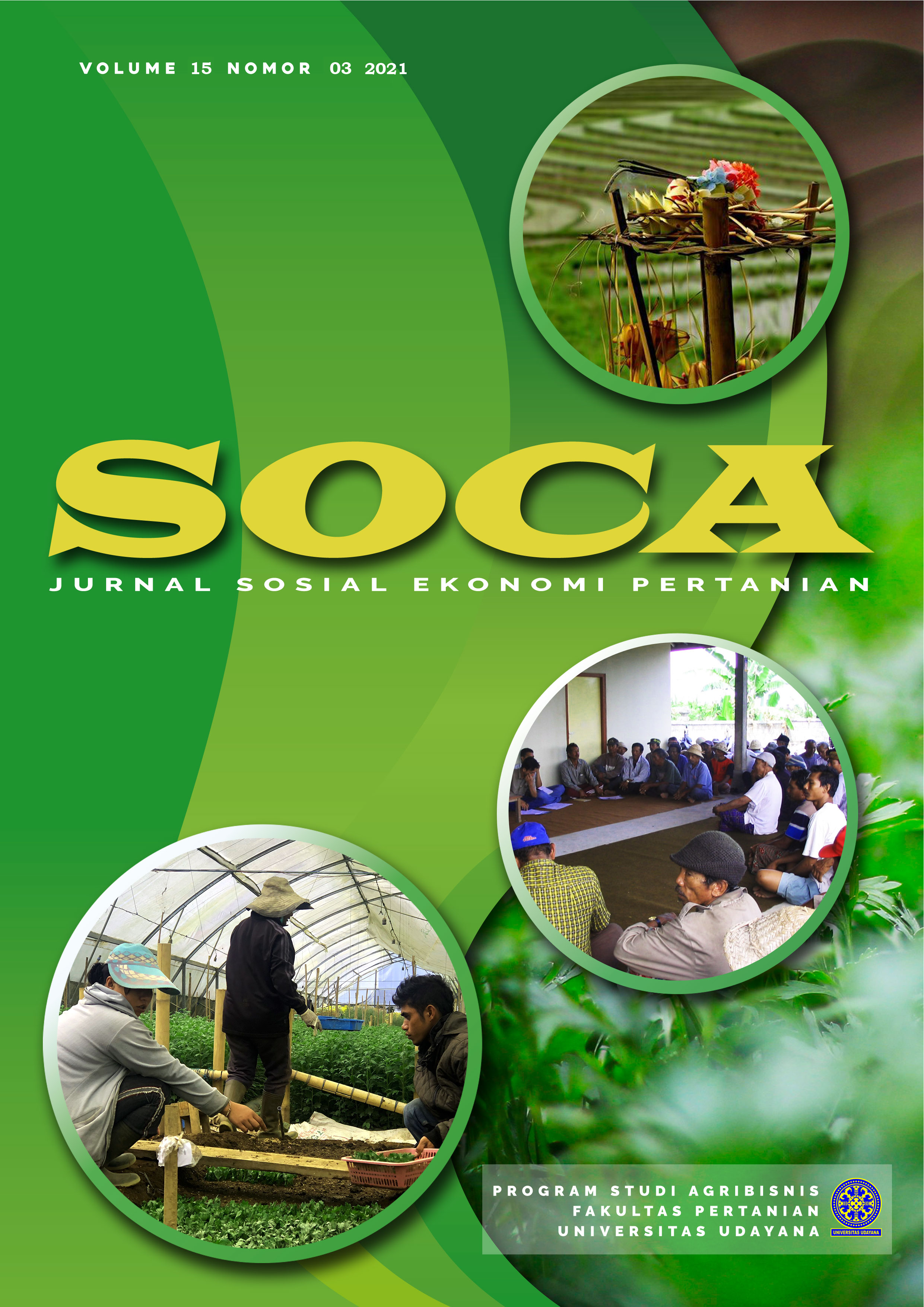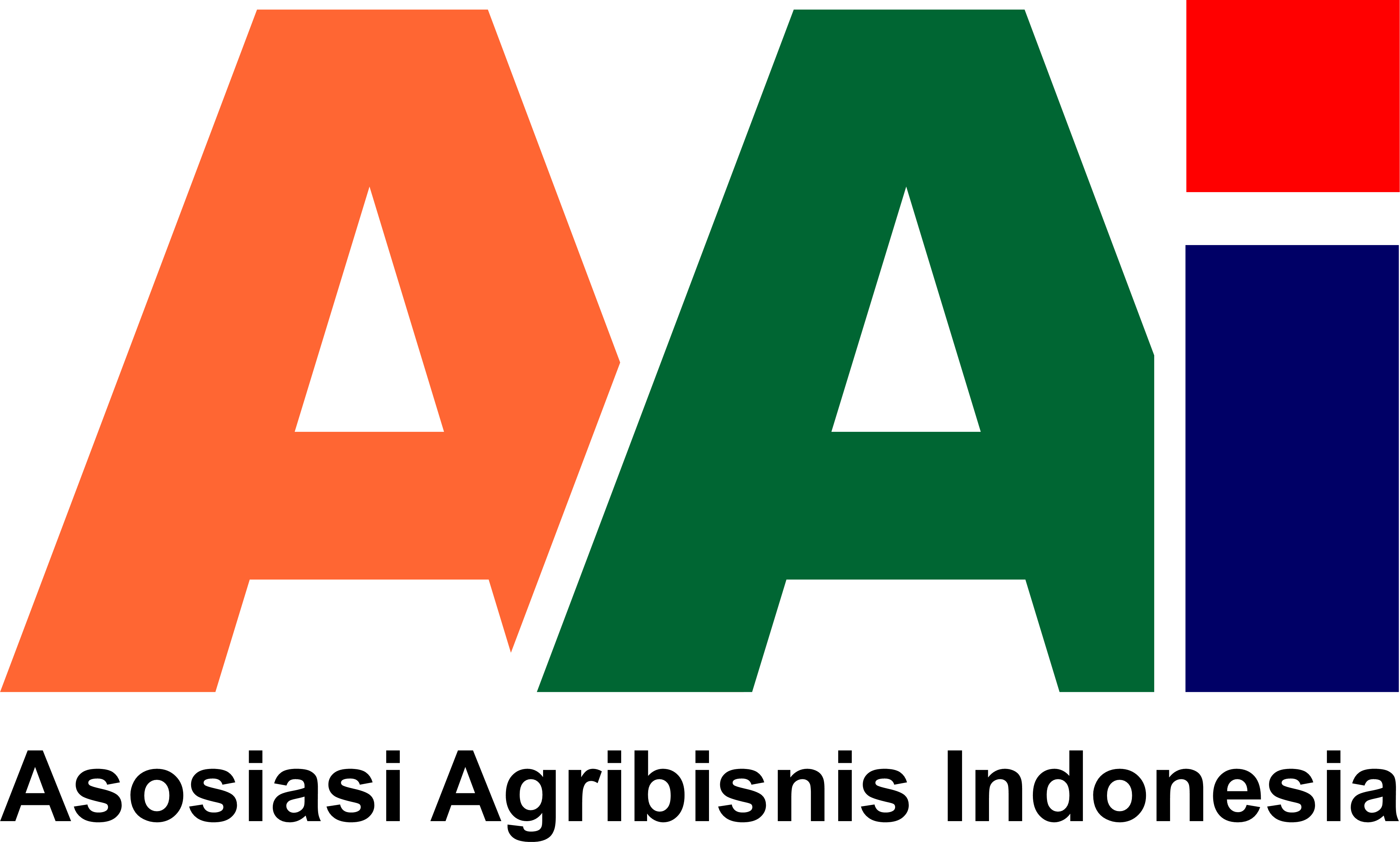The Influence of Marketing Mix on the Customer Satisfaction of Moringa Leaf Tea
Abstract
Marketing success is supported by the process of selecting the right product, good distribution channels, reasonable prices, and an effective promotion called Marketing Mix. Marketing Mix elements have to support each other in order to achieve marketing goals in order to achieve customer satisfaction. The objectives of this research are to analyze the Marketing Mix (product, price, place, promotion) and customer satisfaction of Moringa leaf tea and to analyze the effect of marketing mix on costumer satisfaction of Moringa leaf tea. The determination of the research location was based on the consideration that Blora Regency has a Moringa plantation and Moringa leaf tea processing factory. The research was conducted in January - February 2020. This research is a case study. The number of respondents was 110 respondents which selected using the quota method. The sampling method used was accidental sampling. Data collection was done by interview, observation and literature study. The data analysis used was descriptive analysis and multiple linear regression analysis. The results of the study are: product variables received unfavorable responses, price and place variables received good responses, promotion variables received bad responses and customers were satisfied. Product, price, place and promotion simultaneously affect customer satisfaction of Moringa leaf tea with a significant level of 0.000. The t-test results are significant on the price and place variables, while the product and promotion variables are not significant. Future research isexpected to analyze the level of customer satisfaction.
Downloads
References
Ahmed, S. (2015). the Effects of Marketing Mix on Consumer Satisfaction: a Literature Review From Islamic Perspectives. Turkish Journal of Islamic Economics, 2(1), 17–17. https://doi.org/10.15238/tujise.2015.2.1.17-30
Alamsyah A.P. (2020). Pengaruh kualitas, kemasan, harga dan promosi teh tong tji terhadap keputusan pembelian konsumen di Desa Cepogo Boyolali. Seminar Nasional UNIBA, 53–60. Surakarta.
Atmaja, R.E.D.D., F. Kurniawati, & A.A. Sayekti. (2018). Perilaku konsumen teh di Kecamatan Wonosari Kabupaten Gunungkidul Provinsi Daerah Istimewa Yogyakarta. Masepi, 3(2), 1–18.
Chen, Y., Jafar, R. M. S., Morley-Bunker, M., Lin, C., Chen, L., Wu, R., & Zhuang, P. (2017). On the Marketing Mix of Fujian Tea Tourism. 78(Ssphe), 127–137. https://doi.org/10.2991/ssphe-17.2017.22
Dapkevicius, A. & B. M. (2009). Influence of price nad quality to customer satisfaction: neuromarketing approach. Science Future of Lithuania, 1(2), 17–20.
Indriyani, E. . (2015). Aktivitas antioksidan dan sifat organoleptik teh daun kelor dengan variasi lama pengeringan dan penambahan kayumanis serta cengkeh sebagai perasa alami. Muhammadiyah Surakarta.
Mardhia, Poniman & Suwardi. (2016). Analisis pengaruh marketing mix (produk, harga, promosi dan tempat) terhadap kepuasan pelanggan produk PT Garudafood Putra Putri Jaya (studi kasus pada Resto dan Corner PT Garudafood Pati). Business Studies, 2(1), 1–14.
Mujianti, C. luh N., & Sukmawati, K. (2018). Efek Antihiperglikemik Teh Daun Kelor (Moringa Oleifera) pada Wanita Dewasa dengan Pradiabetes. Jurnal KESMAS, 7(6).
Nawari. (2010). Analisis Regresi. Jakarta: Gramedia.
Nejadghanbar, A. (2016). The Efficacy of Quality Factors on Satisfaction of Tea Customers in Iran. 7(3), 64–68. https://doi.org/10.9790/5933-0703016468
Park, J. & K.-S. N. (2015). Effect of RTD tea drinks selection attributes on the purchase satisfaction and repurchase intention: evidence in Korea. Indian Journal of Science and Technology, 8(S8), 242–249.
Purnamasari, I., Anindita, R., & Setyowati, P. (2018). Pengaruh Bauran Pemasaran (Produk, Harga, Tempat dan Promosi) Terhadap Kepuasan Pelanggan Berubah Menjadi Loyalitas Pelanggan Pada Coldplay Juice Soji. Habitat, 29(2), 57–64. https://doi.org/10.21776/ub.habitat.2018.029.2.7
Rahman. (2018). Strategi Dahsyat Marketing Mix for Small Bisniss: Cara Jitu Merontokkan Pesaing. Jakarta: TransMedia.
Sabana, C. (2014). Kajian Pengembangan Produk Makanan Olahan Mangrove. Jurnal Ekonomi Dan Bisnis, 14(01), 40–46.
Sakoikoi, J., & Priyanto, S. H. (2019). Determinan Kepuasan Belanja Konsumen Sayur Online. SOCA: Jurnal Sosial Ekonomi Pertanian, 13(2), 170. https://doi.org/10.24843/soca.2019.v13.i02.p03
Saucedo-Pompa, S., Torres-Castillo, J. A., Castro-López, C., Rojas, R., Sánchez-Alejo, E. J., Ngangyo-Heya, M., & Martínez-Ávila, G. C. G. (2018). Moringa plants: Bioactive compounds and promising applications in food products. Food Research International, 111(May), 438–450. https://doi.org/10.1016/j.foodres.2018.05.062
Wira’artha, I. C., P, N. N., & N, P. E. (2017). Analisis Pengambilan Keputusan dan Strategi Pemasaran Di Tingkat Kebutuhan Kelor Indonesia (Kasus Agribisnis : Kelor Madura). Jurnal Sains Dan Seni ITS, 6(2). https://doi.org/10.12962/j23373520.v6i2.27984
Wirartha, I. M. (2006). Metodologi Penelitian Sosial Ekonomi. Yogyakarta: ANDI.
Zungu, N., van Onselen, A., Kolanisi, U., & Siwela, M. (2020). Assessing the nutritional composition and consumer acceptability of Moringa oleifera leaf powder (MOLP)-based snacks for improving food and nutrition security of children. South African Journal of Botany, 129, 283–290. https://doi.org/10.1016/j.sajb.2019.07.048













